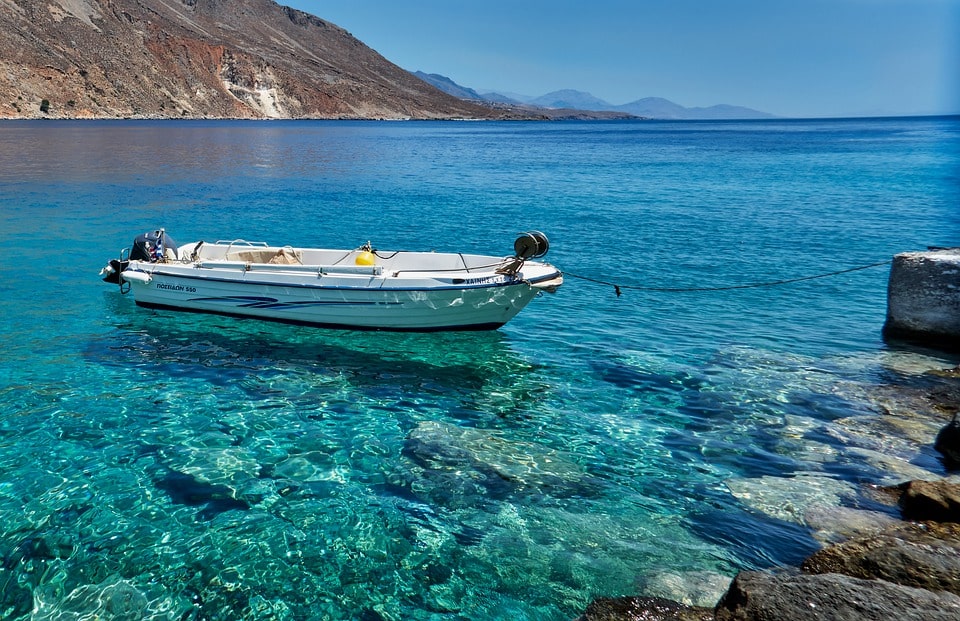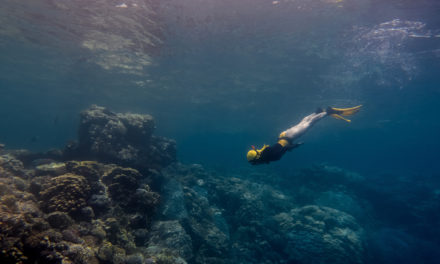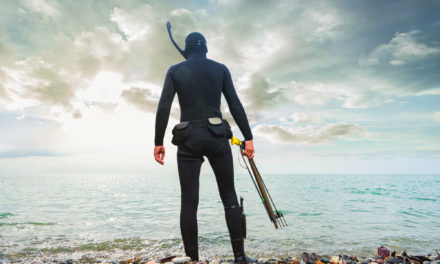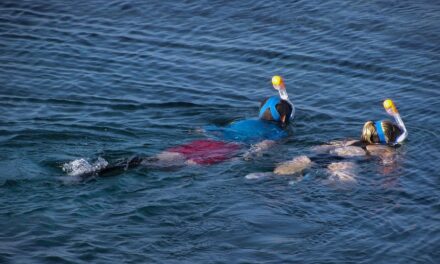More than 87 million adult Americans participate in recreational boating. This is why there’s a set of federal requirements that every boater should comply with before taking their vessel to the water.
A 16-foot boat is a lightweight vessel that appeals to beginner and avid boaters because it’s easier to maneuver than heavier and longer ones. However, it’s big enough to hold 4 or 5 people on a fun trip and can go as fast as 30 miles per hour.
But the key to the success of every boating trip lies in safety. This is why we’ll discuss the coast guard requirements for boats under 16 feet. Keep on reading to learn more about them.
Coast Guard Requirements for Boats Under 16 Feet
Thanks to its lightweight, a 16-foot boat is a good choice for a beginner who’s still beginning to learn how to steer a boat in the water. But there are rules that you need to follow to ensure that everyone is safe and that the trip will end without feeling dissatisfied or getting into trouble.
The Coast Guard list of requirements is essential to follow, and you, as a boater, should check them all before every trip, no matter how short it is. This set of rules is specific to boats that measure 16 feet or under.
State Registration
According to the US Coast Guard, sailboats and motorboats have to be registered, and your boat’s registration document must be on board every time you take the vessel into the water.
Registration laws differ by state, but in general, you should register your boat in your state whether you’re buying it from an authorized dealership or through a private party. If your boat is registered in one state and you want to use it in another, you might be exempted from filing another registration request for a period that can last up to 60 days.
If you buy your boat from a dealership, the business will most probably register the boat for you. In this case, you’ll receive a “Registration Applied For” card that allows you to use your boat for up to 35 days without registration. If this doesn’t happen, you’ll be responsible for applying for the registration request.
If you buy a boat from another boat owner, this private transaction allows you to use your boat without registration for up to 30 days.
The fee of registering a 16-foot boat with a motor or sail is around $12.40, but you don’t need a title. If you’re buying a previously owned boat, you should have the previous registration documents before applying for the new ones. The registration should be renewed after three years.
Number And Letter Decal
These refer to the numbers and letters that are used to identify the boat. The Coast Guard has specific requirements regarding how these numbers are displayed on the vessel.
- The letters and numbers should be written in a color that contrasts with the background for visibility in all weather conditions.
- The letters and numbers should be written in blocks, not script, and at least 3 inches high.
- All the numbers and letters should be written left to right and painted or attached to both sides of the vessel’s front end.
- The spaces should be equivalent to the size of a hyphen and are applied in 3 parts. A hyphen can also be used between the letters and numerals.
- Most states require the placement of a sticker that shows the state decal within 6 inches from the registration number.
Life Jacket Or Personal Floatation Device
The presence of a life jacket or personal floatation device, also known as a PFD, is required by law and is also critical for everyone’s safety. According to the Coast Guard requirements, there should be a life jacket for everyone on the vessel, including kids.
There are even some life jackets that you can get if you’re bringing a dog along. Having a pet’s PFD isn’t required by law, but it’s recommended.
A PFD gives you the buoyancy to stay afloat if you happen to fall into the water. The US Coast Guards approve five different types of PFDs to be used for various purposes, and you have several options to choose from when you’re picking a personal floatation device for your next boating trip. Here are some features to take into consideration before picking one.
- PFDs are divided into standard and inflatable PFDs. The standard ones are usually made of foam to create buoyancy. They’re low-maintenance, but some users think that they’re bulky and hot.
Inflatable PFDs come in various versions, and they’re more comfortable to wear. They can be inflated manually or automatically, and they’re cool to wear on a hot day. However, you need to inflate your PFD before you can use it, and it also requires regular maintenance to make sure that it’s operating properly.
- Make sure that your PFD is the right size, based on the circumference of your chest and not your weight. A device that fits right should be snug and yet allow you to move freely without chafing your skin.
Women’s special PFDs provide a better fit than the unisex ones. There are also special floatation devices for kids that are labeled for infants, children, and youth, depending on the weight.
Although dogs are good swimmers, getting a PDF for your pet is a good move. Nevertheless, you need to make sure that it has a low-profile style and fits snugly.
- Look for a device with some desirable features. For example, a bright-colored PFD with some reflective tape provides better visibility, and you need to make sure that it has some pockets where you can keep some of your essentials. Tabs are also important because they allow you to attach some accessories like a whistle or a knife.
Distress Signal
A distress signal might save your life if the weather accidentally gets bad when you’re in the water. You can use it if you want to draw attention to your boat’s location or need to evacuate.
A functioning electric distress light is what you need to use, followed by at least three red flares. The flares should be kept in a dry, cool place in a waterproof container, so they don’t get wet, which will ruin them. At the same time, they should be accessible by everyone on the boat, in case they need to ask for help if the person in charge doesn’t feel well.
You should also have a device to produce some loud sound to notify other boaters of your existence or help the authorities accurately locate your vessel. For example, a loud whistle or horn will work.
Fire Extinguisher
Most 16-foot boats have motors, and this means that you should have a USCG-approved fire extinguisher. If you have any flammable materials or a room with fuel, the presence of a fire extinguisher is a must.
Before using a fire extinguisher on your boat, it’s crucial to notify others of the fire, ask them to take shelter and make sure that you’re able to use the fire extinguisher. You can use it correctly by following the code word Pass.
- Pull the pin and hold the nozzle pointing away while you release the locking mechanism.
- Aim at the base of the fire.
- Squeeze the lever evenly and slowly.
- Sweep the nozzle from one side to another.
Ventilation
This requirement differs according to the date of manufacture of your boat. According to the US Coast Guards, there are two cases, and you should comply with the one that suits your situation.
- If your boat was built after April 25, 1940, and is run by gasoline, then you need to have natural ventilation.
- If your boat was built after July 31, 1980, then you need to have an exhaust blower.
Since most running boats fall under the second category, having an exhaust blower on a boat that measures less than 16 feet is required by law.
Navigation Lights
Having functional navigation lights is a must, mainly to help locate your boat, notify others of your presence, and provide safety and visibility as you’re enjoying your trip.
Your navigation lights should be turned on from sunset to sunrise to make your boat easier to spot by other boaters and the authorities.
Sanitation Device
A marine sanitation device is a piece of equipment that’s used to treat, process, and store untreated or treated sewage that accumulates on a boat. If your boat has a toilet, then you need to have a fully functioning MSD Type I, II, or III.
- A Type I MSD relies on chlorination and maceration to break down the solids and bacteria in sewage.
- A Type II MSD is just like a Type I with a flow-through discharge design, but the sewage is broken using aerobic bacteria in a biological process.
- A Type III MSD is designed differently because it consists of a large tank that holds the sewage until the boat returns to the dock. After that, the sewage is transferred to a wastewater treatment facility.
Wrap Up
Complying with these requirements is essential for your safety, even if they sometimes seem like a little too much. You can think about other things like a bilge pump that you can use in the case of flooding or a paddle that you can use if your engine fails. It’s essential to check all these requirements before taking your boat in the water, so everyone can enjoy their time.






